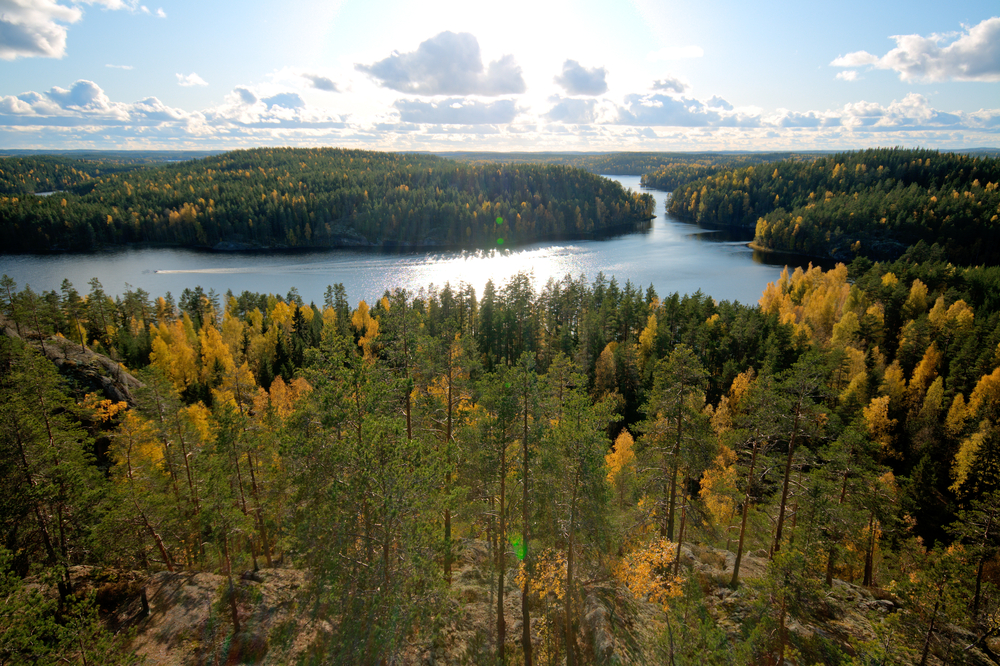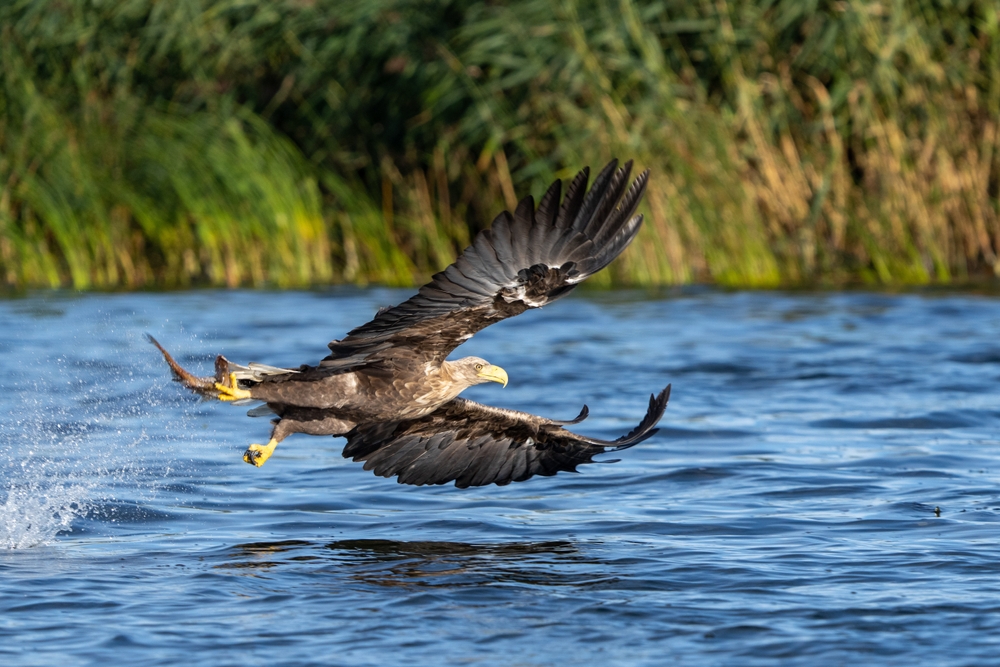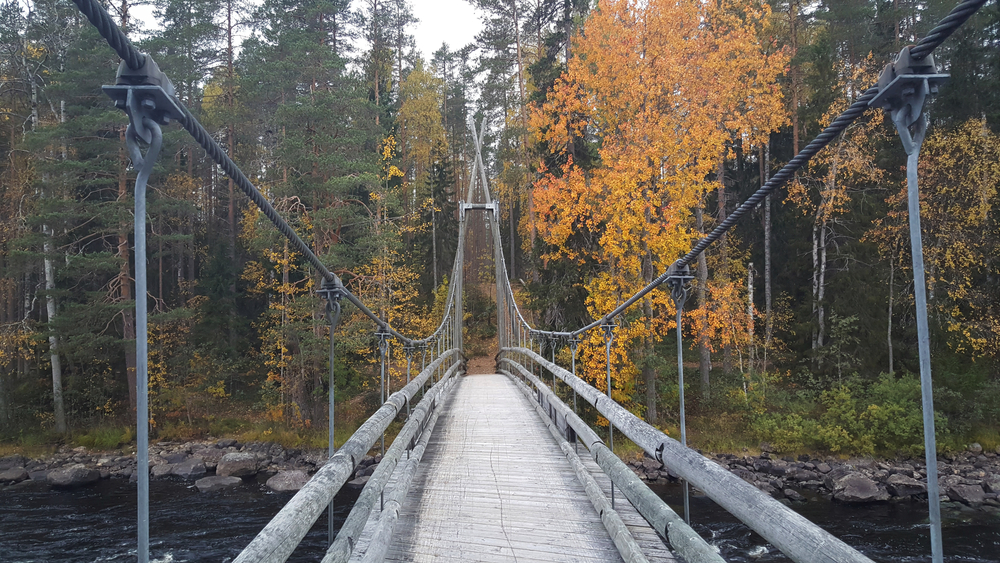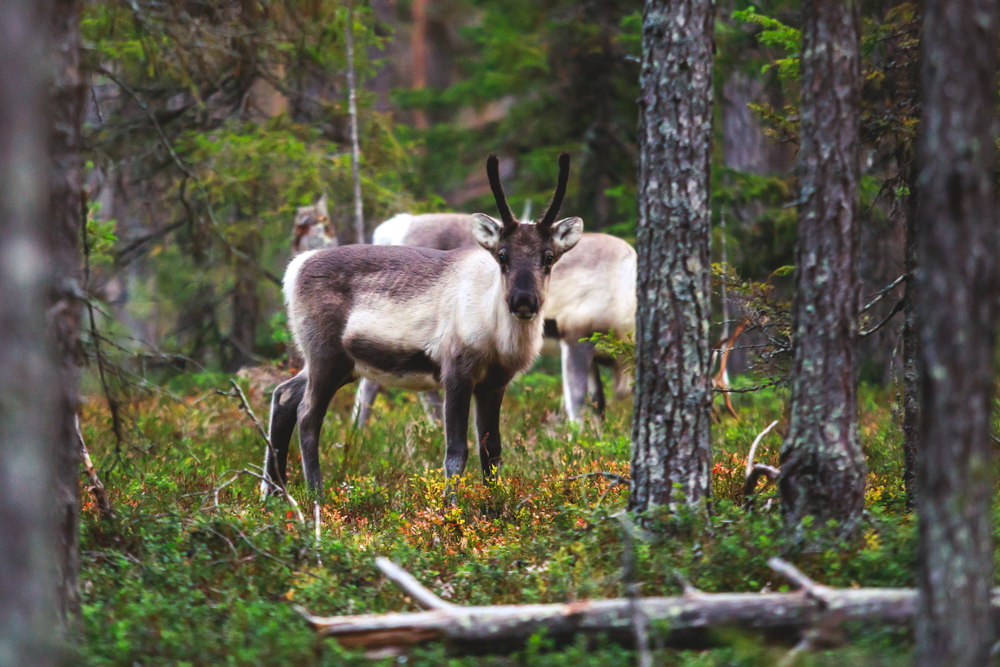Petkeljärvi Overview
Petkeljärvi National Park, known locally as Petkeljärven kansallispuisto, is one of Finland’s smallest yet most captivating national parks. Located in the North Karelia region near the Russian border, the park spans approximately 6.5 square miles (17 square kilometers).
Despite its modest size, it is a remarkable natural sanctuary showcasing the rugged beauty of Finland’s eastern wilderness. Established in 1956, Petkeljärvi National Park is part of the larger network of Finland’s protected areas, which seek to preserve the unique ridges and forests formed by ancient glacial activity.
The park is best known for its esker ridges, which were shaped during the last Ice Age. These long, narrow landforms rise above the surrounding waters, creating a striking contrast between the rocky terrain and the calm lakes. The dominant vegetation includes old-growth pine forests, with some areas hosting thick undergrowth of bilberry and lingonberry bushes.
Several small lakes, including Petkeljärvi and Valkiajärvi, reflect the dense tree lines, creating serene and picturesque views. The clear, pristine waters in these lakes and ponds are an important part of the ecosystem, supporting a variety of aquatic species.
Visitors to Petkeljärvi National Park have an opportunity to encounter diverse wildlife, though the dense forests and remote setting mean that some species remain elusive. Among the most notable mammals in the park are moose, which roam the pine forests, and the smaller yet equally fascinating Eurasian red squirrel. Lynx and brown bears are also present in the broader region but are rarely seen.
The birdlife in Petkeljärvi is particularly rich, with the park serving as a haven for woodpeckers, owls, and various migratory species. Black-throated divers (Gavia arctica) are commonly seen on the park’s lakes, their eerie calls echoing across the water, while western capercaillies (Tetrao urogallus) and black grouse (Lyrurus tetrix) inhabit the dense woodlands.
One of the most popular features of Petkeljärvi National Park is its extensive hiking and canoeing opportunities. The 10-kilometer (6-mile) Kuikan Kierros Trail takes hikers along the ridges, offering stunning views of the surrounding forests and lakes.
The park’s relatively easy terrain makes it accessible for visitors of all skill levels. Canoeing on the park’s lakes and waterways is another highlight, with the clear waters providing a peaceful and immersive way to explore the landscape. In winter, the snow-covered forest transforms the park into a pristine wonderland, attracting cross-country skiers looking for solitude in nature.
Despite its relatively undisturbed environment, Petkeljärvi National Park faces conservation challenges, primarily related to human impact and climate change. The fragile esker ridges are particularly vulnerable to erosion, necessitating careful management of foot traffic.
However, conservation efforts have been largely successful in maintaining the park’s pristine condition, with strict regulations in place to ensure minimal environmental disturbance. The park is managed by Metsähallitus, Finland’s state-owned enterprise responsible for environmental conservation, which promotes sustainable tourism while preserving the area’s natural integrity.

















































































